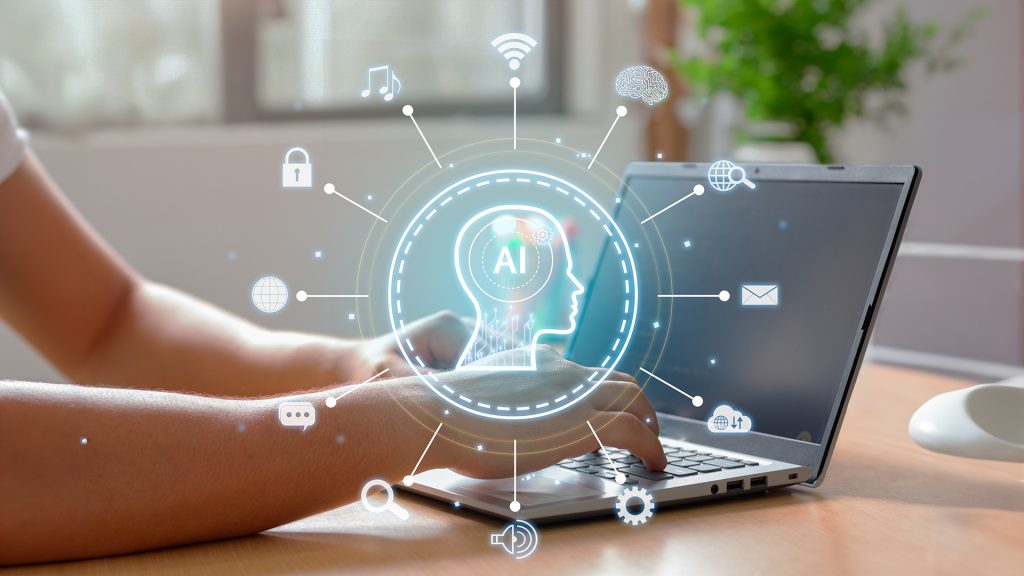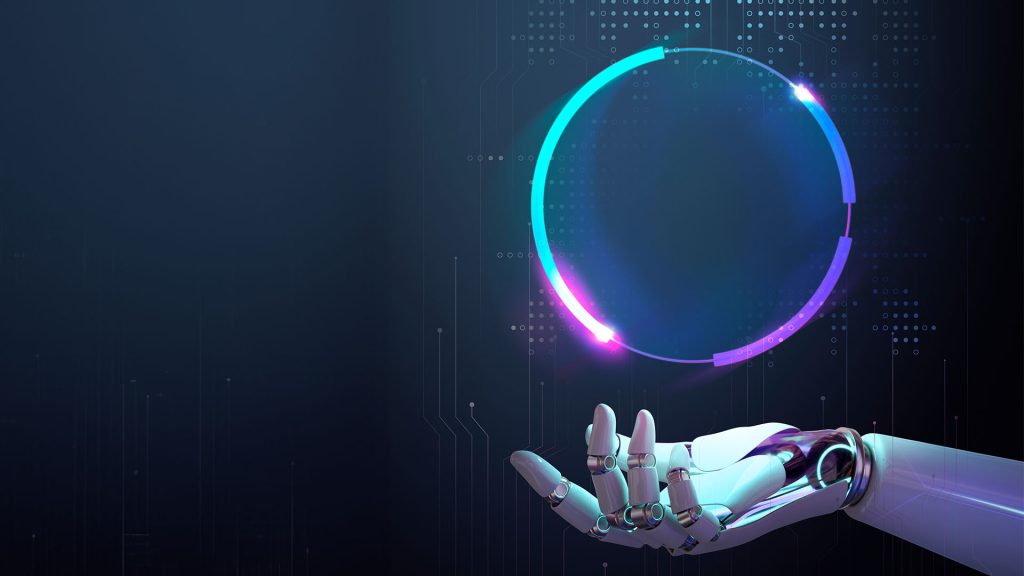The Future of Education: How AI Enhances the Effectiveness of Personalized Learning Platforms

In an era defined by rapid technological advancements, artificial intelligence (AI) is revolutionizing various sectors, and education is no exception. AI is enhancing the effectiveness of personalized learning platforms, offering tailored educational experiences that cater to individual students’ needs and preferences. This transformation promises to reshape the educational landscape, making learning more engaging, efficient, and accessible. Let’s explore how AI is driving this change and the implications for the future of education.
The Rise of Personalized Learning Platforms
Personalized learning platforms leverage technology to adapt educational content to the unique needs of each student. Unlike traditional one-size-fits-all approaches, these platforms use data to understand students’ strengths, weaknesses, learning styles, and preferences. AI takes this personalization to the next level by continuously analyzing data and optimizing learning paths in real-time.
How AI Enhances Personalized Learning
- Tailored Learning Experiences: AI algorithms analyze vast amounts of data from students’ interactions with learning platforms. This data includes quiz scores, time spent on tasks, and patterns in mistakes. By processing this information, AI can create personalized lesson plans that target each student’s specific needs, ensuring they receive the right level of challenge and support.
- Adaptive Assessments: Traditional assessments often fail to capture the nuances of a student’s understanding. AI-powered adaptive assessments adjust the difficulty of questions based on real-time responses. This approach not only provides a more accurate measure of a student’s knowledge but also helps identify areas that require further attention.
- Intelligent Tutoring Systems: AI-driven tutoring systems provide instant feedback and guidance, mimicking one-on-one interactions with a human tutor. These systems can answer questions, explain concepts in different ways, and provide additional resources to help students grasp difficult topics.
- Predictive Analytics: AI uses predictive analytics to foresee potential learning challenges before they become significant obstacles. By identifying at-risk students early, educators can intervene with targeted support, preventing students from falling behind and enhancing overall academic performance.
- Natural Language Processing (NLP): NLP enables AI to understand and respond to human language, allowing for more interactive and engaging learning experiences. AI-powered chatbots can facilitate discussions, answer questions, and provide explanations, making learning more dynamic and interactive.
Benefits for Students and Educators
- Enhanced Engagement: Personalized learning platforms powered by AI keep students engaged by presenting material in a way that resonates with their interests and learning styles. This increased engagement often leads to better retention and understanding of the material.
- Efficiency and Time Management: AI streamlines administrative tasks such as grading and scheduling, freeing up educators to focus on teaching and providing personalized support to students. This efficiency benefits both students and teachers, allowing for a more productive learning environment.
- Equitable Access: AI-driven personalized learning platforms can bridge the educational gap by providing high-quality resources to students regardless of their geographic location or socio-economic status. This democratization of education ensures that all students have the opportunity to succeed.
- Continuous Improvement: AI systems continually learn and improve from interactions with students. This continuous improvement loop means that the platform becomes more effective over time, offering increasingly refined and effective educational experiences.
Challenges and Ethical Considerations
While the benefits of AI in personalized learning are substantial, it is essential to address the challenges and ethical considerations associated with its use:
- Data Privacy and Security: The use of AI requires the collection and analysis of significant amounts of student data. Ensuring this data is securely stored and used responsibly is paramount to maintaining student privacy.
- Algorithmic Bias: AI systems must be carefully designed to avoid biases that could negatively impact certain groups of students. Continuous monitoring and updating of AI algorithms are necessary to ensure fairness and equity.
- Human Touch: While AI can enhance learning, the human element in education remains irreplaceable. Educators play a critical role in providing emotional support, motivation, and real-world context that AI cannot replicate.
AI is set to revolutionize education by enhancing the effectiveness of personalized learning platforms. By providing tailored educational experiences, AI helps students achieve their full potential and ensures that learning is more engaging, efficient, and accessible. As we navigate the challenges and opportunities presented by this technology, the future of education looks brighter and more inclusive than ever before. #AI #EdTech #Innovation








